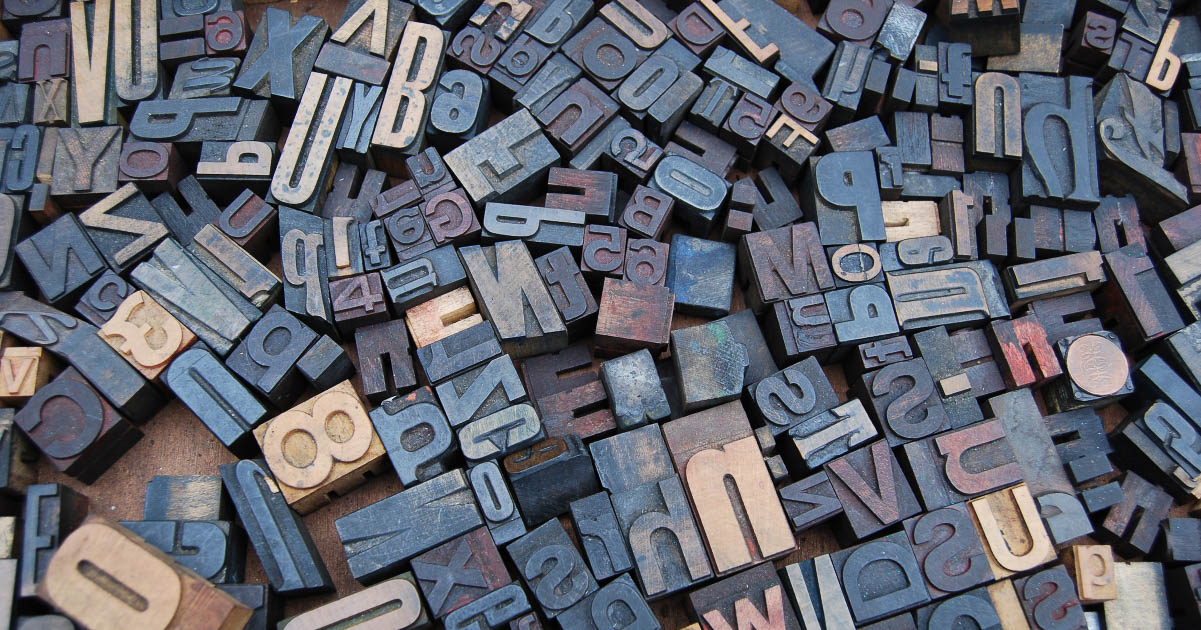
Editing Tips: Does a Comma Indicate a Pause?
One of the first things most people learn about commas is that they indicate a pause. And most writers add a comma wherever they would also pause in speech. When proofreading, though, you need to be more discerning. So, when does a comma indicate a pause? And what else do you need to know as a proofreader? We explain the basics below.
Does a Comma Always Indicate a Pause?
Commas often do coincide with places where we would pause in speech. This is why people use the “comma = pause” rule to help English learners get to grips with punctuation.
Take the example of using commas to set apart a non-restrictive clause in a sentence, for instance. We can easily imagine a short pause where the commas fall in the following:
My brother, who is a vet, is getting married on Thursday.
Here, the detail about being a vet isn’t essential, so we set it apart with commas. And speaking it aloud, it feels natural to pause slightly after these commas.
However, not every comma indicates a pause. Take a list, for example:
I had sausages, eggs, bacon, beans, and tomatoes for breakfast.
In this case, the commas are just there to separate the items in the list. If we were to pause after each one, it would sound very awkward and unnatural by comparison.
Thus, we can see that the “comma = pause” rule does not always work. And when proofreading or editing, you need to look out for places where this might cause an error.
When Pauses Go Wrong
A famous example of people being misled by the “comma = pause rule” is the comma splice, where a writer uses a comma to connect two independent clauses. For instance:
I always go to The Tasty Tater, it’s my favorite restaurant.
Here, we can imagine what the writer was thinking: The clauses are closely related, so they belong together. But you’d also pause briefly between them, so they need some form of punctuation. And since most people know the “comma = pause” rule, they use a comma.
However, as a proofreader, you will know this doesn’t work. Independent clauses cannot be joined like this, so it would need correcting, perhaps with a full stop or semicolon:
I always go to The Tasty Tater. It’s my favorite restaurant.
I always go to The Tasty Tater; it’s my favorite restaurant.
In addition to errors caused by misunderstanding how commas work, you might also need to look for misplaced commas when proofreading. In particular, keep an eye out for:
- Unnecessary commas that interrupt the flow of prose or make it harder to read.
- Inconsistent usage of commas (e.g., if your client uses commas for introductory elements in one part of a document, you should check they do so elsewhere too).
- Usage of commas that doesn’t fit with your client’s specified style guide.
It is also important to know the standard uses of commas. This will help you spot when a comma seems out of place, letting you make a correction as required.
Becoming A Proofreader
If you found this helpful, our Becoming A Proofreader course provides guidance on English grammar, spelling, punctuation, and everything else you need to know to begin a career in proofreading. Try a free trial today to see what the course can offer you.



Leave a Comment
Your email address will not be published.